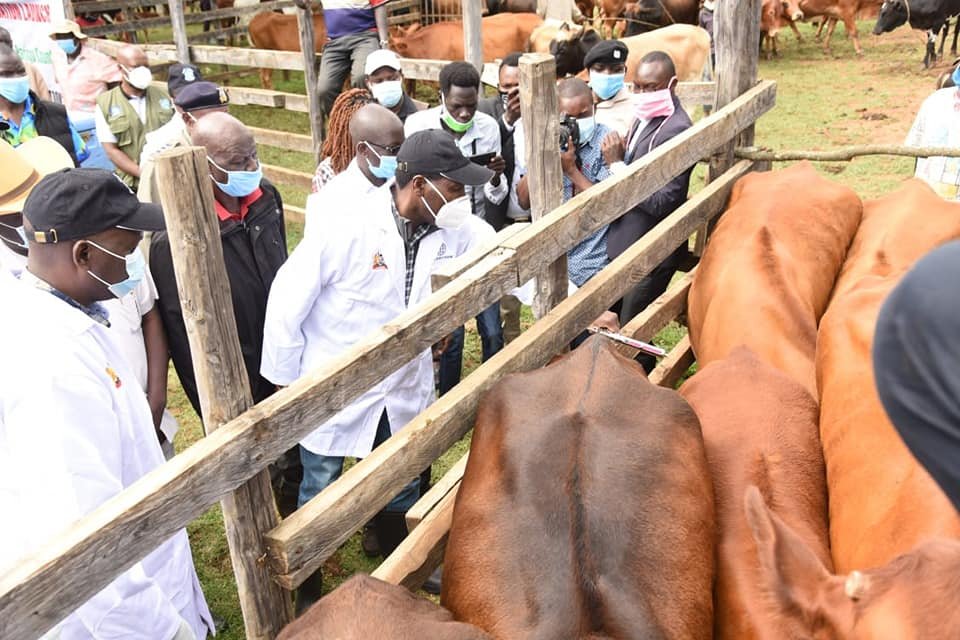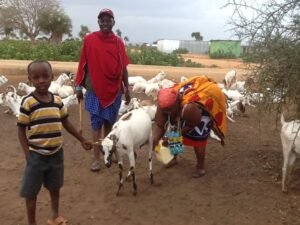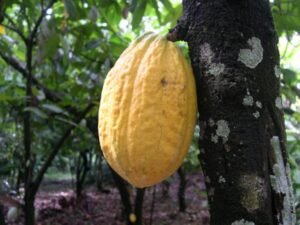By: Verenardo Meeme, Rootooba, July 2, 2020
Farmers have been losing livestock value to gaps in livestock vaccination resulting in little cash flow in the market, says Agriculture Cabinet Secretary Peter Munya.
The government of Kenya through the ministry of agriculture is working with county governments to narrow this gap through the National Livestock Vaccination Programme launched this month at Oloosuyian, Kajiado and Baringo County.
About 60 per cent of the livestock population in Kenya is found in the arid and semi-arid lands (ASALs) where 90 per cent of the population raise animals for meat and milk production. In the high rainfall areas, the sector provides employment and income mainly through dairy, poultry and pig production.
‘‘To combat animal diseases such as foot and mouth disease that is affecting livestock across the country, county and National Governments need to work together to eradicate disease to have healthy and productive animals, Munya said.
Munya added that the Government agenda is to increase the income of farmers and support capacity to address farming challenges. They are also providing drugs and logistical support.
According to the Ministry of Agriculture, Cooperatives, Livestock and Fisheries, the country’s animal population comprises 18.8 million cattle (14.3 million beef cattle and 4.5 million dairy cows), 26.7 million goats, 18.9 million sheep, 3.2 million camels, 44.6 million poultry, 1.9 million donkeys, 0.5 million pigs and an undetermined number of companion, game and aquatic animals.
Livestock production in Kenya is always under the threat of occurrence of a considerable number of animal diseases. Diseases such as Rift Valley Fever (RVF), Foot and Mouth Disease (FMD), Peste des Petite Ruminants (PPR), Lumpy Skin disease (LSD), Camel Pox, Sheep and Goat Pox, Contagious Bovine Pleuropneumonia (CBPP), Contagious Caprine Pleuropneumonia (CCPP) and Brucellosis (often referred to as trans-boundary animal diseases or TADs) continue to threaten livestock production in Kenya and in neighboring countries. They can easily spread from one country to another, Munya says.
The spread of these diseases hinder farmers from participating in international trade of livestock and livestock products while reducing local trade in live animals, meat and other animal products. This reduction in trade is compounded further by quarantine impositions and movement restrictions as measures to curb disease spread. Additionally, some TADs such as Rift Valley Fever, pose a direct threat to human health when they spill over to humans from animals.
Munya points out development of regional blocks and farmer’s cooperatives as a precursor to taming livestock diseases through vaccination. Livestock walk to various places in search of pasture and to markets. Hence presenting opportunities to spread livestock diseases in the absence of vaccination.
‘‘Although vaccination to prevent animal diseases has long been advocated for, we as a country have not been conducting it as required,’’ Munya says.
Munya pointed out the failure to adhere to existing guidelines on disease control as spelt out in various circulars and national control strategies and low prioritization of disease control by some county governments that has led to inadequate budget allocation towards activities such as surveillance and vaccination.
The programme is supported by the World Bank through Regional Pastoral Livelihoods Resilience Project and the Kenya Climate Smart Agricultural Project, Food and Agriculture organization and county governments.







